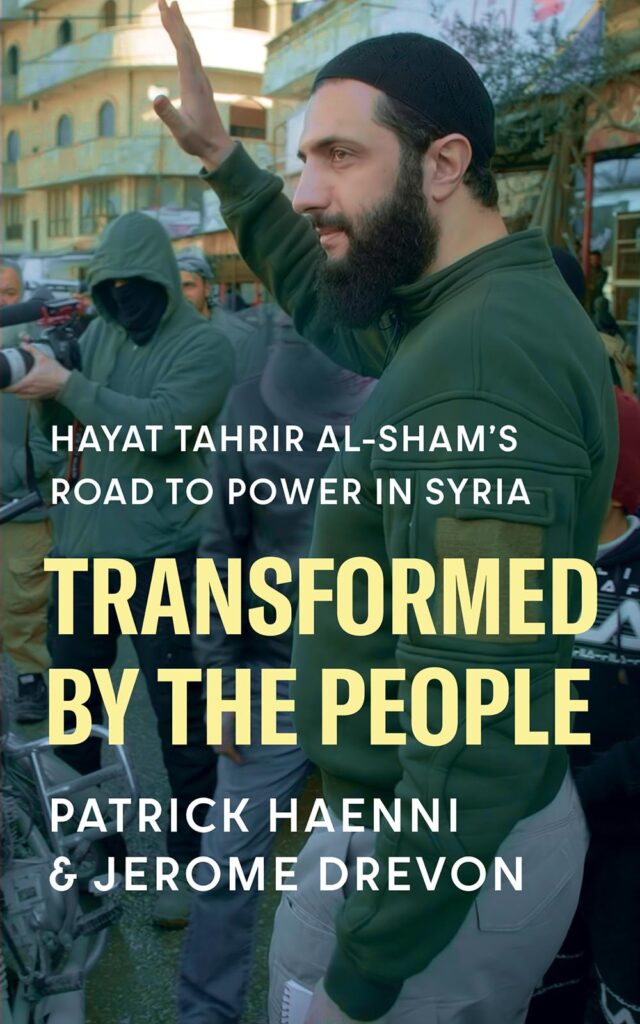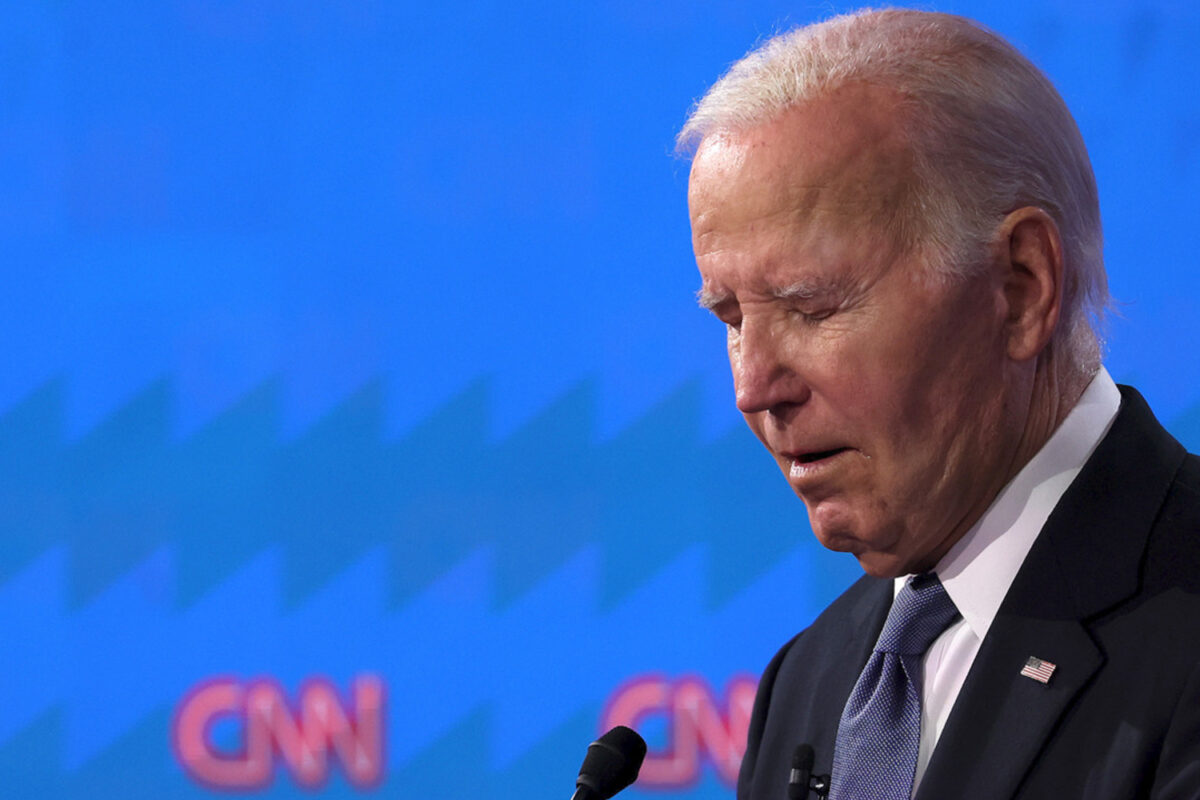Transformed by the People, Hayat Tahrir al-Sham’s Road to Power in Syria
Patrick Haenni & Jérôme Drevon
2025
 Hayat Tahrir al-Sham (HTS) and its enigmatic leader Ahmed al-Sharaa shot to global fame when they marched to Damascus in December 2024 and brought to an end the house of al-Assad that had dominated Syria for decades. Ever since, we have witnessed the fastest transformation of a former Jihadi, ISIS affiliate to a globally accepted political leader.
Hayat Tahrir al-Sham (HTS) and its enigmatic leader Ahmed al-Sharaa shot to global fame when they marched to Damascus in December 2024 and brought to an end the house of al-Assad that had dominated Syria for decades. Ever since, we have witnessed the fastest transformation of a former Jihadi, ISIS affiliate to a globally accepted political leader.
Transformed by the People by Patrick Haenni and Jérôme Drevon, both veteran field researchers with deep experience in Syria, is the first work that assesses how this reformation and rebranding took place.
Transformed by the People is not a political work, but a work on contemporary jihadism. It attempts to explain an apparent paradox: how did one of the world’s most feared jihadi movements evolve into the ruling power of a post-Assad Syria? The authors argue that HTS’s rise is not the story of an ideological conversion or moderation, but of political and social transformation driven by pragmatism, local legitimacy and revolutionary adaptation.
The book’s greatest insight lies in its extraordinary access. Haenni and Drevon conducted repeated field visits to HTS-controlled areas, maintaining sustained dialogue with its leaders, including Ahmed al-Sharaa (formally Abu Muhammed al-Joulani), religious authorities, local activists, and civilian populations. Their analysis goes beyond intelligence-based or doctrinal readings of jihadist movements—focusing instead on the social and political sociology of power.
The authors believe HTS’s silent revolution was a gradual, politically driven deradicalisation that unfolded between 2016 and 2024 in Idlib province. They describe this process along four key axes:
- Exiting Jihadism: HTS broke from both Islamic State and al-Qaeda, suppressing global jihadist factions and forbidding their activity in its territories.
- Dismantling Salafism: The group distanced itself from rigid Salafi dogma and accepted “social inertia”—a recognition of existing social norms over enforced puritanism.
- Re-engaging Society: HTS adapted to Idlib’s conservative but pragmatic population, aligning itself with what the authors call the “silent majority.”
- Relocalisation: The group reoriented its focus from global jihad to national governance, allowing itself, in the authors’ phrase, to be “transformed by the people.”
This reorientation, they argue, made possible HTS’s rapid military victories culminating in the 2024 “Blitzkrieg” that toppled Bashar al-Assad and propelled Ahmad al-Sharaa into Damascus as Syria’s new ruler.
The book concludes that HTS’s evolution, while irreversible, should not be mistaken for Western-style moderation. Instead, it represents the mainstreaming of Islamist politics within an illiberal, post-revolutionary framework.
Transformed by the people is an academic work and the framework used by the authors is by using the analogy of the French Revolution’s Thermidorian phase—a period when revolutionary zeal gives way to political consolidation. They argue that HTS, like the Jacobins of old, experienced its own “Thermidorian moment”: compelled to compromise, engage society, and institutionalise its rule while still retaining its revolutionary DNA. As a result, the authors frame HTS’s deradicalisation as a structural, almost inevitable consequence of governance and social interaction—a “revenge of society” over ideology.
Transformed by the People provides many insights into the evolution of HTS as the Syrian landscape evolved. But the work is an academic study that uses a theoretical framework to make sense of HTS and what took place in Syria. Rather than analysing the actions and events from a neutral perspective the authors superimpose the French revolution on HTS and Syria in order to make sense of the group’s transformation.
Transformed by the people is really a book about jihadism, deradicalisation, and Middle Eastern state-building. Whilst the authors do focus on documenting the transformation of HTS in the context they were in, they have not taken into account the decades long foreign interference by the west in the region and the fact that the region’s leaders serve the West over their own people. This context is a gaping hole in the book.
The authors do not address the origins of al-Sharaa, his time at Camp Bucca, where all of ISIS subsequent leaders were imprisoned and set free in questionable circumstances. HTS relations with Turkey are not explored in sufficient detail, which had a major impact on the success of HTS in Idlib. The support HTS received from the US and regional nations is also glossed over even though there is significant information in the public domain.
The core finding of Transformed by the people is HTS successfully transformed from a jihadist organisation into a pragmatic, mainstream, and potentially stabilising force within Syria’s opposition landscape, because they deradicalised – not as a moral conversion, but as a social and political process. The authors effectively argue that power itself is the way to transform a radical group.




